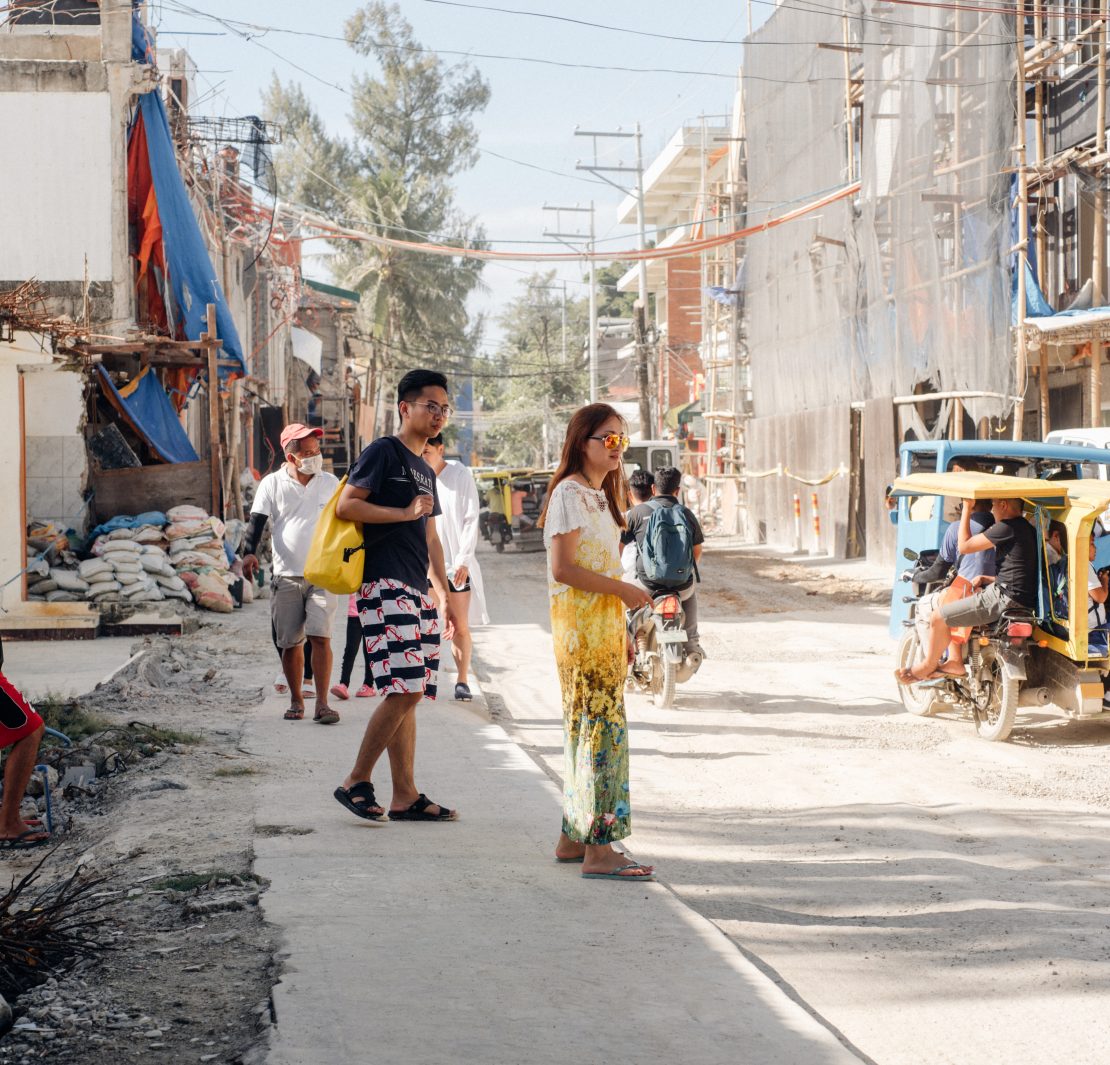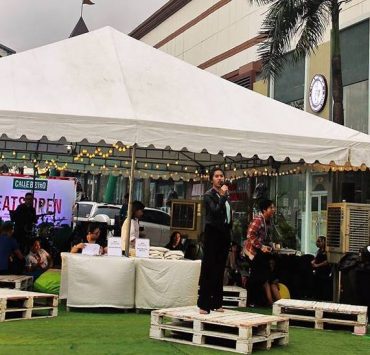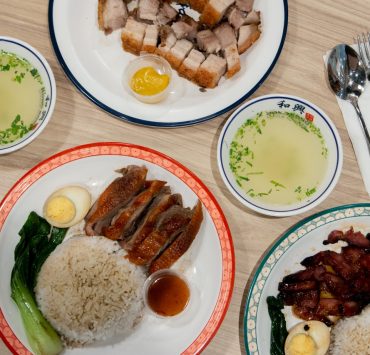You’d get an almost similar set of answers when you ask tourists. One would say that the long beach looks pristine, almost like a true paradise. Others would note how it’s visually therapeutic: The sun glistens brightly on the surface of a healthy water that crashes on a shore rich with healthy greenery. When you dip in it, you’d get to see small and striped fishes swimming around your legs. The nature mixes well with the styles of each establishment, no matter how varying it is, like it has been taken straight from a ’70s photograph, back when Boracay has not become too crowded and pollution was not yet a major problem.
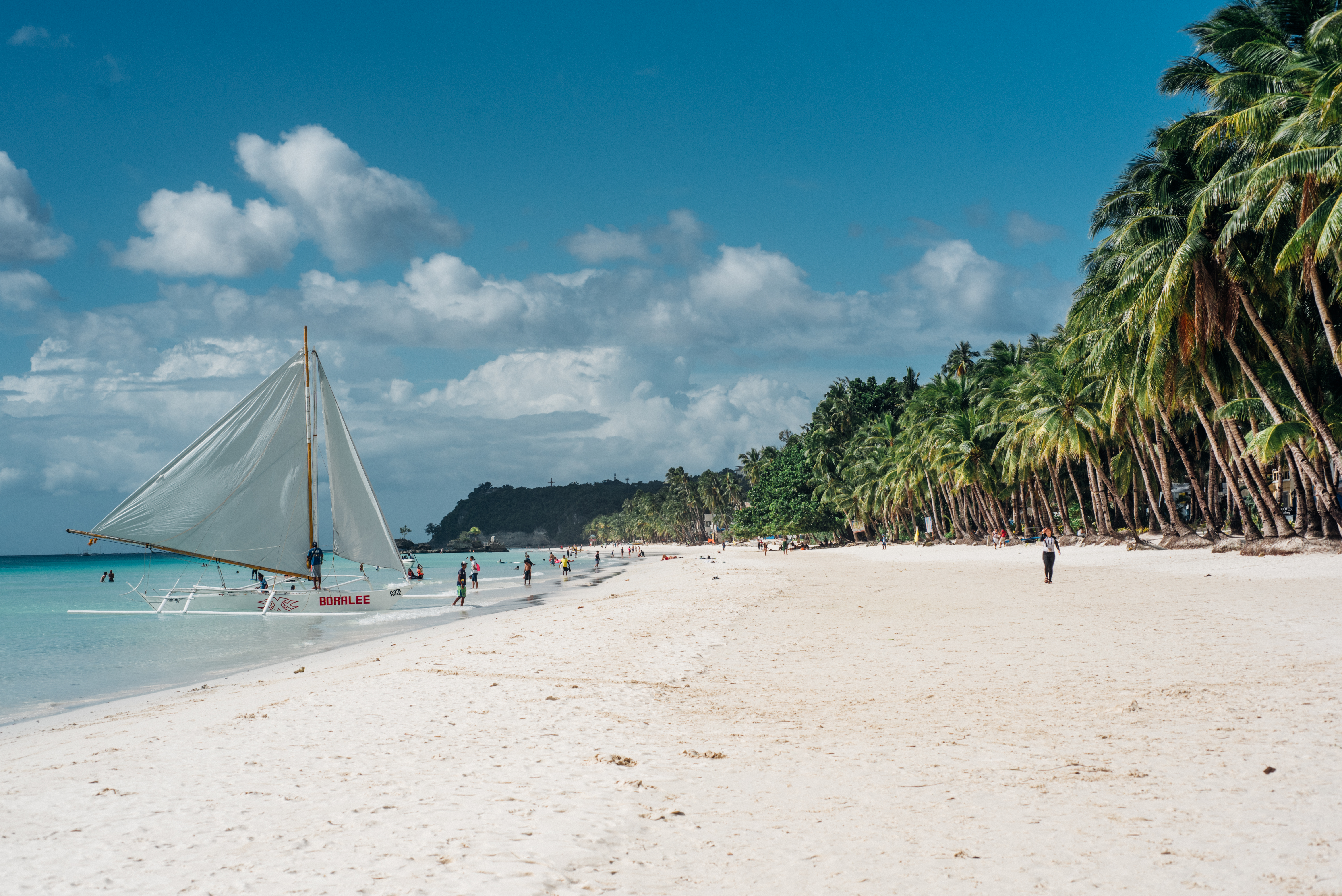
From a bird’s eye-view, the sand looks like a soft canvas sandwiched between a strictly lined residential and food establishments. Some buildings under demolition and construction can be seen here and there, but it doesn’t spoil the picturesque scenery.
For a first time Boracay traveler like me, the beach ticked off all of my expectations—maybe even exceeded it.
But what most people fail to emphasize is that Boracay is not just about the beach. It’s an island that spans up to 1,032 hectares with about 2,300 establishments where 46,829 locals reside in. If you’re going to think about it, the island is like one whole city; and this whole city that focuses on tourism as its main income has just been shut down for six long months. No alternatives, no government suggestions, nothing.
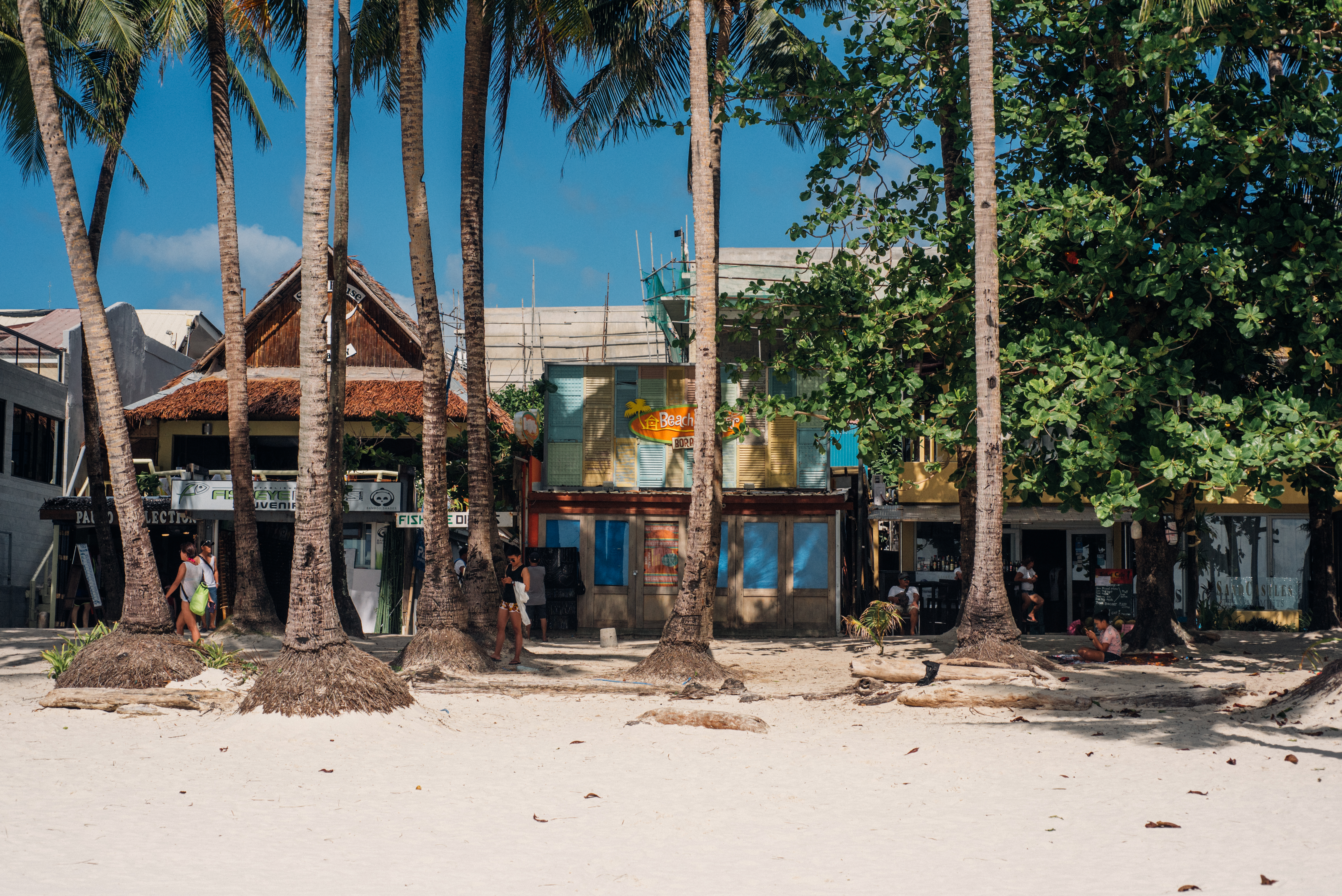
It was a big sacrifice for the locals. And although they admit that the rehabilitation did the beach good, some believe that the government wasn’t able to fulfill all promises made for the island. “The community [and] roads are still a problem,” Boracay restaurant owner Moe Chulani told Nolisoli.ph. “Rehabilitating the beach area is the easy part. It’s rehabilitating the other parts of the island that is hard.”
Boracay Foundation Inc. vice president Diony Salme, who has been living on the island for 42 years, shared the same sentiment: “‘Yung beach talagang maganda na kasi ‘yung water may daily or monthly monitoring ng quality…‘Yung ibang parte nga lang, tulad ng roads, medyo may kabagalan sa expectations. […] Ang problema ‘yung naghuhukay pa rin hanggang ngayon ng waterlines, ‘di pa tapos [‘yung roads]…. marami pang construction sa gild gilid.”
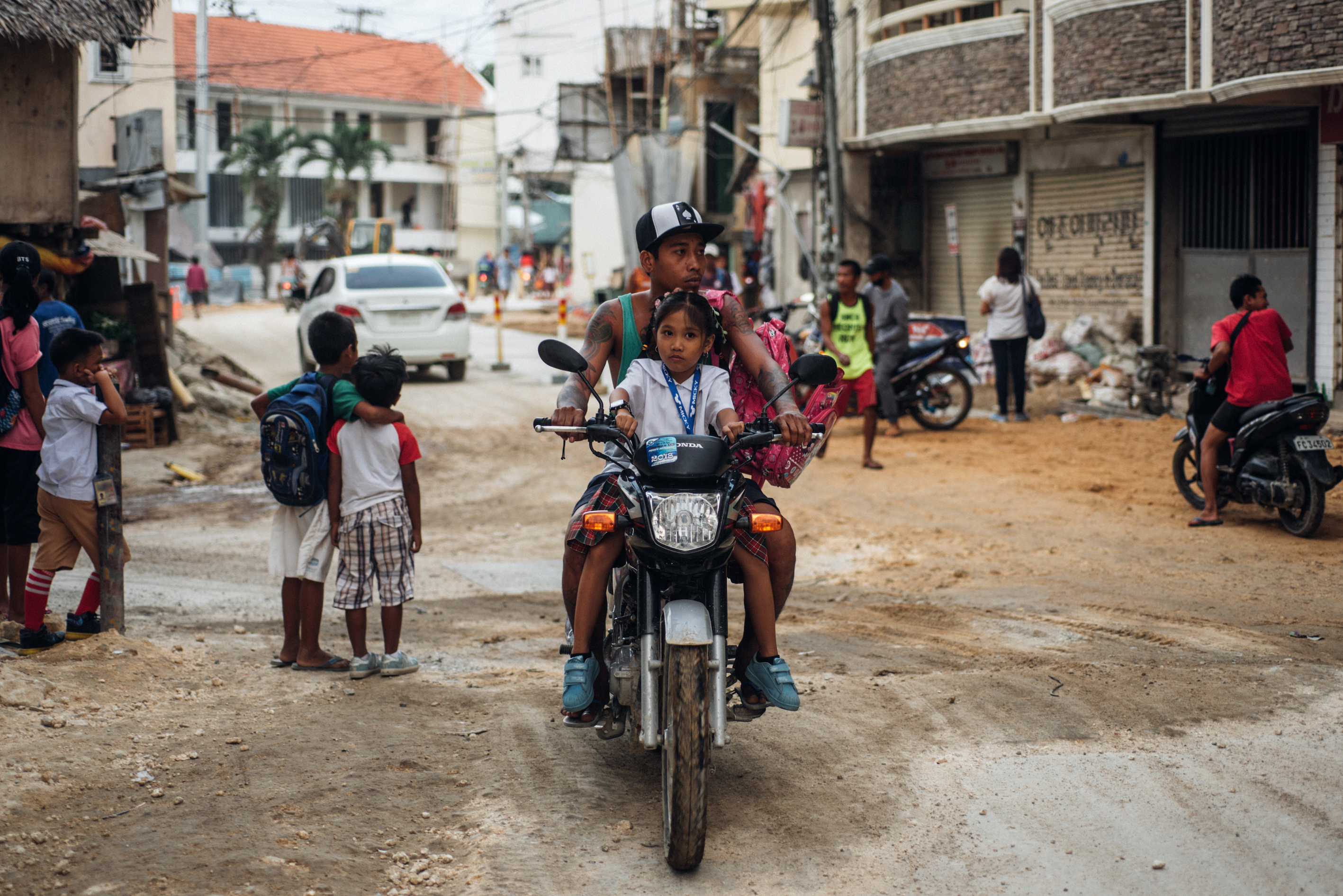
Behind the beachfront, only less than five kilometers of concrete roads are complete. Exposed pipes, dirt roads, open excavations, and heavy construction equipment still occupy nearly three-fourths of the streets. When we went there a week after it’s “official reopening,” we had to walk most of the time because most parts on the main road are not passable by vehicles. Since our departure was scheduled on the same day the president is visiting the island, the main roads had to be closed so we endured an almost 30-minute-long walk with all our bags and luggage before we even got to ride a tricycle.
This is happening even if the Department of Public Works and Highways (DPWH) said last April that they would be “taking advantage of the six-month closure to build wider roads” and install six-meter long 1,273 high-density polyethylene pipes along the 41-kilometer Boracay Circumferential Road network.
The drainage project spanned up to cover five kilometers of land area and had a total cost of P540 million.
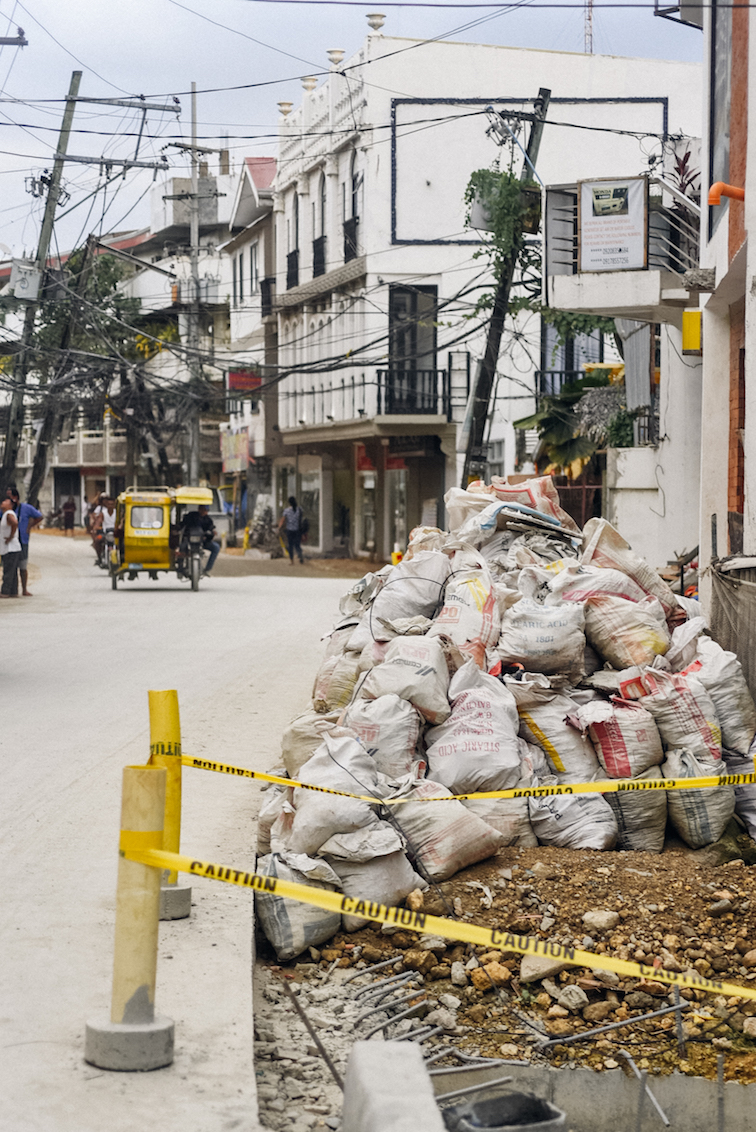
When asked about the road works, Tourism Undersecretary Arturo Boncato Jr. “does not believe” the unfinished public works will spoil the fun for the tourists.
“You come to Boracay to see the beach and not the street,” Boncato says in a report by Inquirer.net. If that’s the case, then what’s the point of closing the whole island in the first place? If they think that the constructions can be done while there are tourists and establishments open, then what makes it different from doing it section by section?
Locals have been telling them this all along. “Several meetings namin sinabi: Sana phase by phase, section by section. Hindi total closure para tuluy-tuloy ang flow [ng trabaho],” Salme said. “Kaso ayaw nila, gusto nila wholesale ang paggawa, pero ano tuloy nangyari? Putol pa rin [ang rehabilitation]. Sayang lang. Maraming affected, maraming trabaho ang nawalan.”
It even got to the point when local officials, according to barangay captain Jason Yap Talapian of Balabag, Boracay, had to use the one-year budget given to them as the local government unit for food, which lasted only for two months. “Noong nagsara, namigay na lang kami ng bigas kasi walang makain mga tao. Wala kaming income eh.”
“Gusto nila wholesale ang paggawa, pero ano tuloy nangyari? Putol pa rin [ang rehabilitation]. Sayang lang. Maraming affected, maraming trabaho ang nawalan.”
It seems like the government just wasted a lot of time, money, and efforts of Filipinos with the closure. Yes, the beach is now more beautiful than how it was months ago. But, that could’ve been done while there are tourists, while some establishments are open. Don’t the national government officials know that they displaced more than 30,000 workers, closed 2,000 establishments, and left locals asking: What are we going to do now?
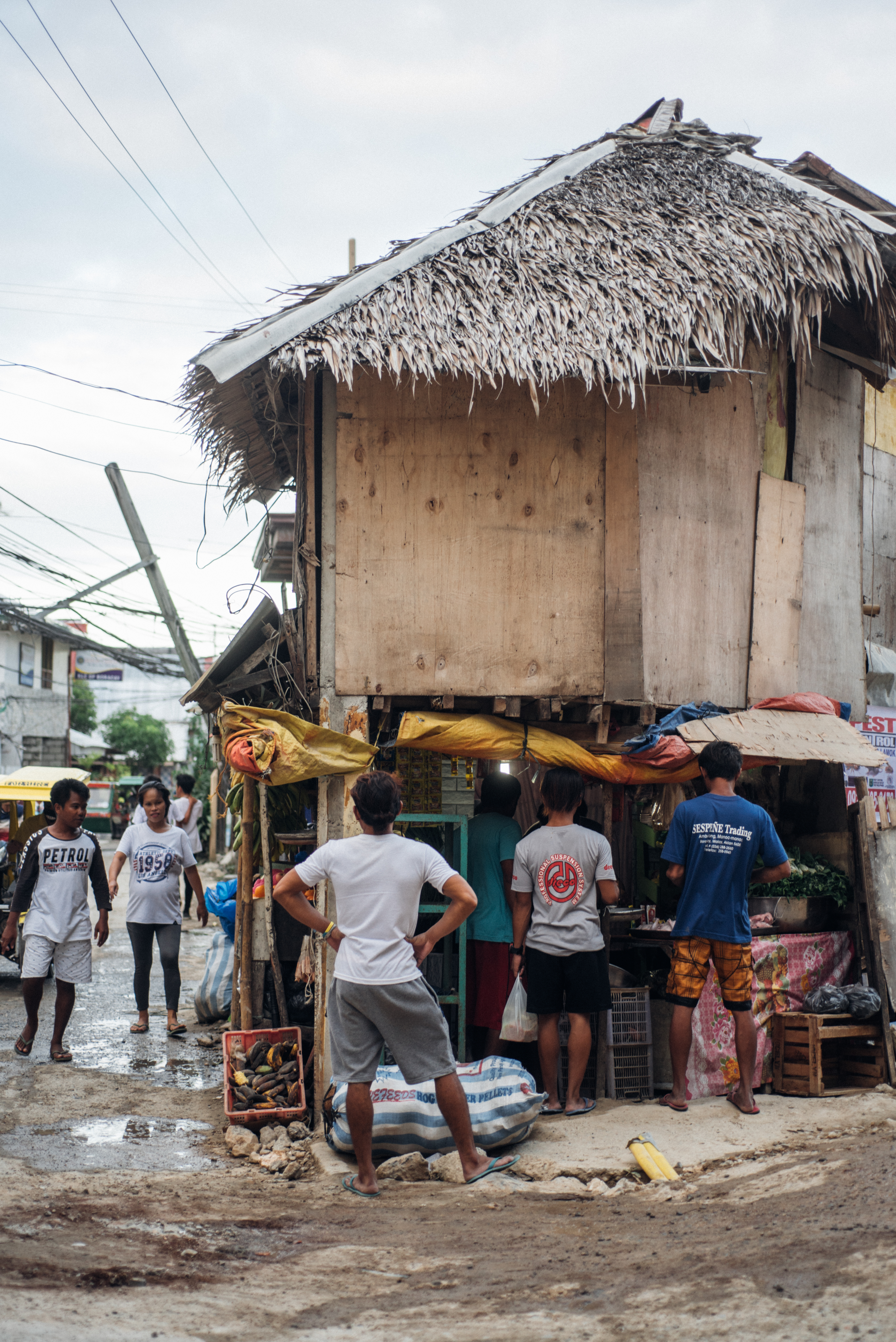
“Sometimes I think our leaders just think too fast and want it to happen agad,” Chulani stressed. “[The rehabilitation] was too drastic. […] Everyone’s in limbo right now. We have to start again and it’s been very difficult.”
Read more:
Only 30% of Boracay businesses are ready 2 months before reopening
Boracay’s back: What you need to know about the island’s reopening on Oct. 26
FYI, Boracay isn’t your personal dumping ground
Read more by Amierielle Anne Bulan:
There’s a brutal ban of dogs from the Boracay beach
This is the problem with the portrayal of IPs in TV shows
Dear companies, recycling is not the answer to plastic pollution and you know it
Writer: AMIERIELLE ANNE BULAN
PHOTOGRAPHY JP TALAPIAN


